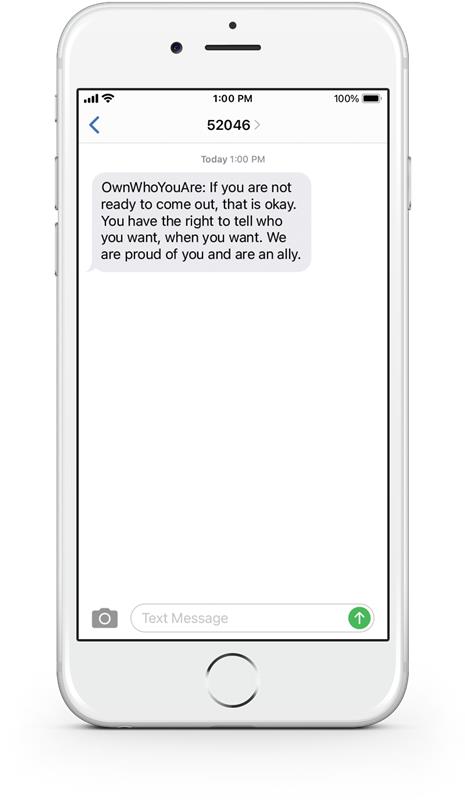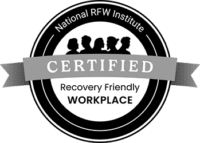Bridging the LGBTQIA+ Healthcare Gap
The lesbian, gay, bisexual, transgender, queer, intersex, asexual+ community represents a diverse range of expressions of gender and sexual orientation combined with a wide range of backgrounds and socioeconomic status. All of these factors together have played into the healthcare inequities seen within this community.
According to HealthyPeople.gov, these health disparities among the LGBTQIA+ community directly affect their physical and behavioral health, including:
- LGBT youth are 2 to 3 times more likely to attempt suicide
- LGBT youth are more likely to be homeless
- Lesbians are less likely to get preventive services for cancer
- Gay men are at higher risk of HIV and other STDs, especially among communities of color
- Lesbians and bisexual females are more likely to be overweight or obese
- Transgender individuals have a high prevalence of HIV/STDs, victimization, mental health issues, and suicide, and are less likely to have health insurance than heterosexual or LGB individuals
- Elderly LGBT individuals face additional barriers to health because of isolation and a lack of social services and culturally competent providers
- LGBT populations have the highest rates of tobacco, alcohol and other drug use
Discrimination, a lack of proper training, and an insufficient understanding of LGBTQIA+ needs contribute to the challenges this community faces in order to live healthy lives. In recognition of Pride Month, below are some actionable suggestions organizations can work together to reduce these healthcare disparities, because everyone should have access to comprehensive and compassionate care.
Implement More Comprehensive Data Collection
The lack of data and research on the LGBTQIA+ community continues to contribute to these healthcare inequalities as there is not enough information to properly understand the needs of this diverse community. Additional data on sexual orientation and gender identity that can inform public policy and shape medical training is needed. Demographic survey questions distributed by federal and state organizations, health systems/plans and providers should include the opportunity for people to describe their sexual orientation and gender.
Require Proper Cultural Competency Training
An important way to reduce disparities is for health care professionals to address their own biases on the individual and interpersonal levels. This can be done through cultural competency training which is commonly understood as a set of congruent behaviors, knowledge, attitudes and policies that enable effective work in cross-cultural situations. Cultural competency training can positively impact how a healthcare provider interacts with the LQBTQIA+ community to ensure equal treatment and proper care.
Address the Community’s Unique Health Needs
This community has a unique set of needs that must be addressed within their care plans. Creating personalized resources and programs for the community and ensuring healthcare organizations and providers are meeting them where they are in their healthcare journey is vital.
At GoMo Health, we work with our partners and clients to create specific resources and programs that actively engage the LGBTQIA+ community and improve health outcomes. Our Personal Concierge™ offers personalized guidance, interactively guiding patients and members through their healthcare journey.
Case in Point: Bridgeway Your e-Host Connection program that supports SAMHSA youth outreach and initiatives. The program uses the GoMo Health Concierge Care as a mobile, virtual care coordinator and life coach for at-risk individuals aged 16-24 living with serious mental illness, emotional disturbance, and/or co-occurring substance use disorders. With 16-24 being such formative years in a person’s life, the content includes additional message tracks specifically created for LGBTQIA+ youth.







Find Us Online